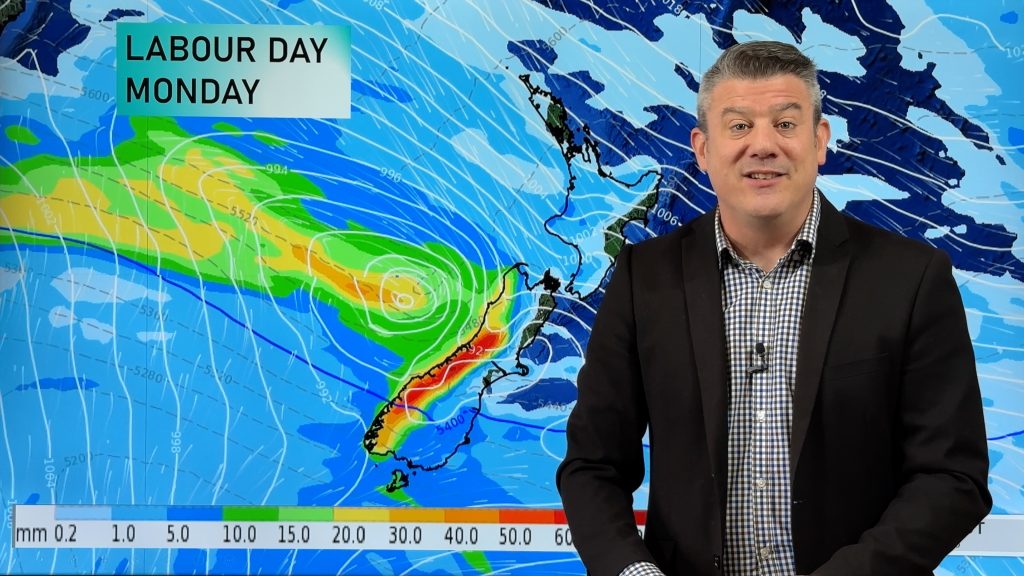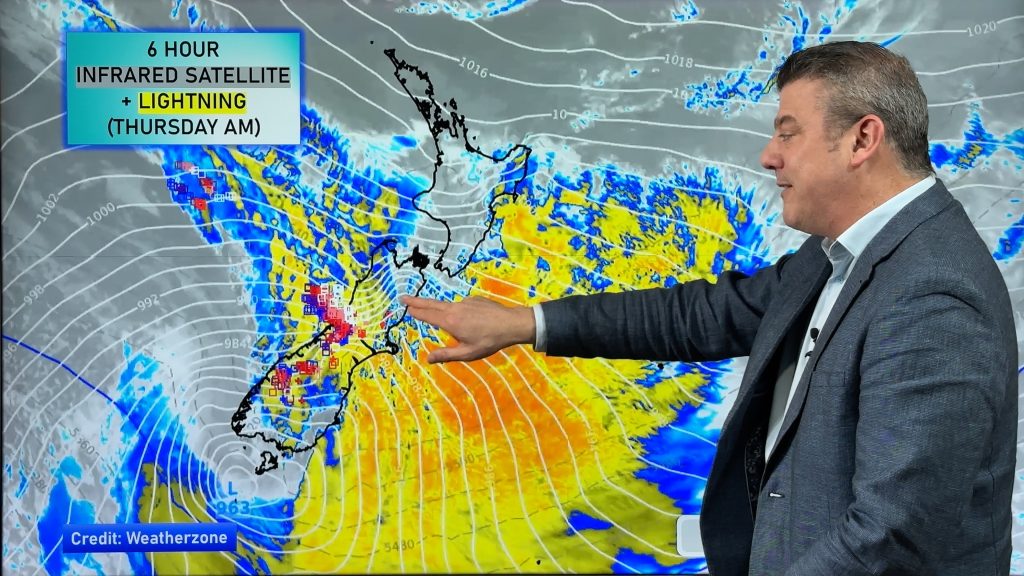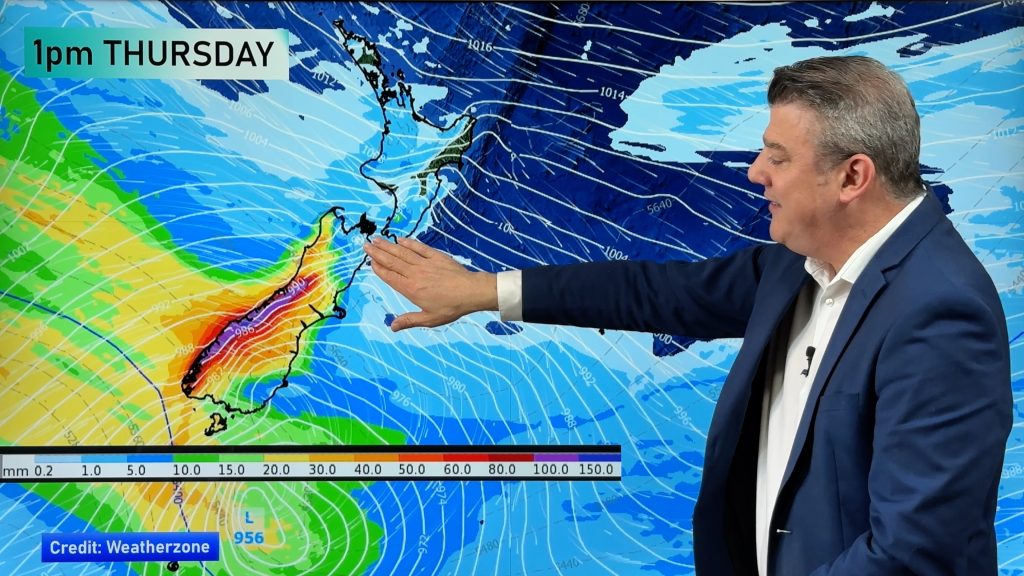
> From the WeatherWatch archives
A Kiwi aid worker at the centre of a typhoon that lashed the Philippines is scrambling to gather emergency food and hygiene supplies for vulnerable locals.
“It’s like the earth is just breathing after being battered for two days,” said Linda Cruse, enjoying a moment of calm after facing Typhoon Hagupit’s wrath over two days of relentless rain and wind.
Ms Cruse has helped with several disaster relief efforts and endured tropical storms before but admitted Hagupit was a terrifying experience. Like others, she had to hunker down as the storm wreaked mayhem.
“You never know what’s happening outside. It’s the wind, it’s the rain, it’s the noise,” she said.
Ms Cruse was in a remote part of Iloilo, in the west-central Philippines. The area was devastated when the monstrous typhoon Haiyan struck 13 months ago. It was still waiting for relief from that typhoon when Hagupit struck on the weekend.
Ms Cruse first arrived in the village of Carles shortly after Haiyan hit.
Her approach to disaster relief centred on “a hand-up, not handout” approach and getting people back to work as quickly as possible.
She had a tough task ahead. Bamboo houses in Carles had “just been flattened” and there was massive damage to other non-concrete buildings, she said.
Yesterday, Ms Cruse encountered a mother and five day-old baby whose home was destroyed by Hagupit. Both mother and child needed immediate help.
Ms Cruse said while most relief workers started distributing supplies at accessible places like airports, her strategy was the opposite. She based herself far from major transport hubs, in places like Carles that were often neglected.
She was now checking on locals and seeing of they were capable of getting back to work.
“We got people to evacuate to safety on the schools and concrete buildings…this is a very remote village,” Ms Cruse said. “Thank goodness we’ve had low fatalities.”
Ms Cruse was staying in a small concrete building with virtually no modern amenities. Four students were arriving from Canterbury and Auckland universities to help with the recovery effort this week.
“I couldn’t let them come until I knew it was totally safe,” she said.
The typhoon, now downgraded to a tropical storm but still packing a powerful punch, had moved north. The typhoon killed up to 27 people, Reuters reported, and forced more than one million into shelters.
The University of Canterbury said another Kiwi, Genevieve Corich, was nearby. Ms Corich went with Ms Cruse to help before the typhoon hit but had since evacuated to a safe area in Iloilo City.
Ms Cruse had previously responded to other natural disasters including the Boxing Day 2004 Asian tsunami and the 2005 Pakistan earthquake.
Ms Cruse planned to teach an entrepreneurial course to University of Canterbury management students next year called the 21-day challenge.
– NZ Herald
Comments
Before you add a new comment, take note this story was published on 9 Dec 2014.





Add new comment